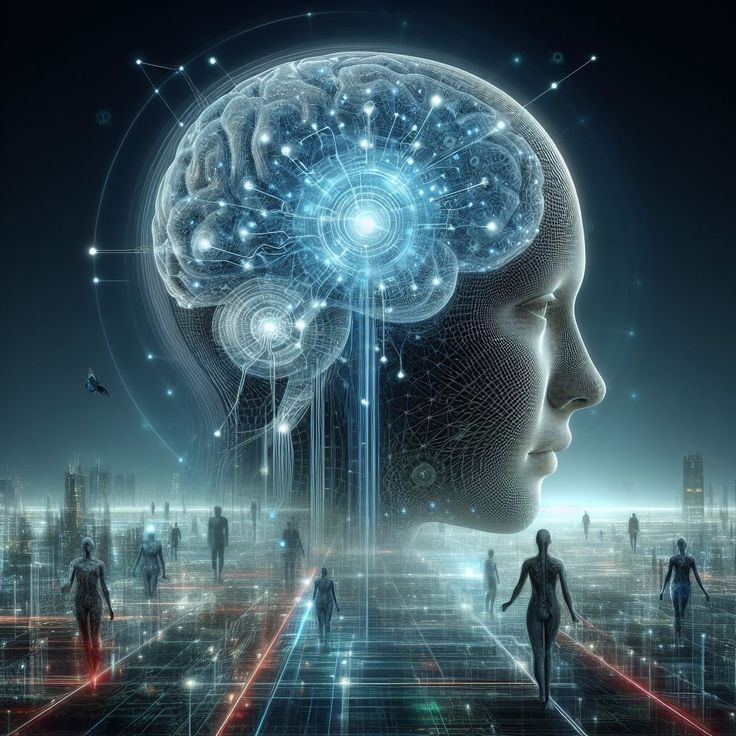Decoding the Human Mind: Understanding How We Process Information

The human mind is a complex and fascinating organ that constantly processes vast amounts of information, allowing us to perceive the world and make decisions. Have you ever wondered how we process this vast array of data? From simple sensory input to complex thoughts and emotions, our minds make use of various cognitive processes to interpret and make sense of the information around us. In this blog post, we’ll delve into the intricacies of how humans process information and gain a better understanding of our cognitive abilities.
1. Sensory Input and Perception
The process of information processing begins with sensory input. Our five senses: sight, hearing, taste, smell, and touch, constantly gather information from the environment. When experiencing sensory stimuli, our brains actively interpret and transform this data into perceptual information. This interpretive process enables us to construct a mental representation of the world we perceive.
2. Attention and Selection
Due to the immense amount of information bombarding our senses at any given moment, our brains must selectively attend to particular stimuli. Attention allows us to focus on relevant information while filtering out unnecessary or redundant inputs. Attention also plays a crucial role in memory encoding, as what we pay attention to is more likely to be stored and retrieved later.
3. Memory Encoding and Storage
Once we have directed our attention to specific information, it enters the memory system for encoding and storage. Encoding involves transforming sensory input into a format suitable for storage in our long-term memory. Different types of encoding, such as semantic (meaning-based) and visual encoding, occur based on the nature of the information being processed. The information then moves into short-term memory, where it is further processed and consolidated before potentially transferring into long-term memory storage.
4. Cognitive Processing and Understanding
Once information has been encoded and stored, our cognitive processes kick in to decipher and comprehend it. This stage involves higher-order thinking skills, such as analysis, synthesis, and evaluation. Our minds engage in information retrieval, comparing new information to existing knowledge, and connecting the dots to form a coherent understanding.
5. Decision-Making and Problem Solving
Humans are unique in their ability to engage in complex decision-making and problem-solving processes. These cognitive processes rely on our ability to evaluate multiple options, weigh pros and cons, consider past experiences, and anticipate future consequences. Our thoughts, emotions, and biases also shape our decision-making processes, adding complexity to the equation.
6. Emotions and Information Processing
It is essential to note that emotions significantly influence how we process information. Emotional responses, such as fear or joy, can alter our attention, memory, and decision-making processes. Emotionally charged events are more likely to be remembered vividly, while negative emotions tend to enhance our attention and focus. Understanding the interplay between emotions and information processing sheds light on our complex human psyche.
Conclusion
The process of how humans process information is a remarkable feat of our cognitive abilities. From sensory input to perception, attention, memory encoding, cognitive processing, decision-making, and the influence of emotions, our minds operate with dazzling complexity. By acquiring a better understanding of these cognitive processes, we can gain insights into our own thinking patterns and optimise our information processing abilities in various aspects of life.






Responses